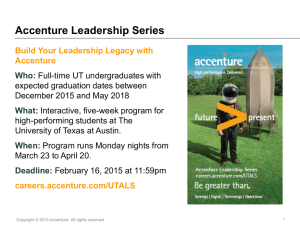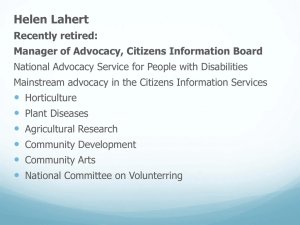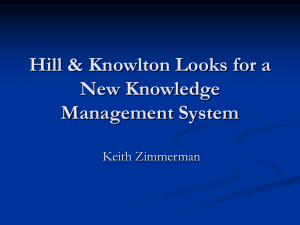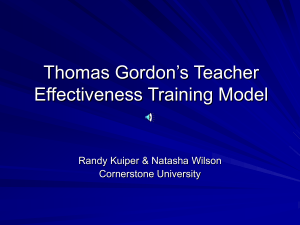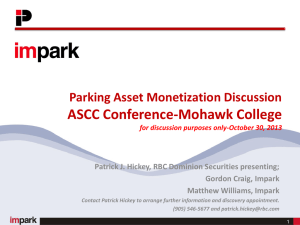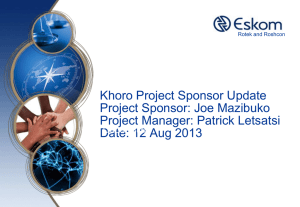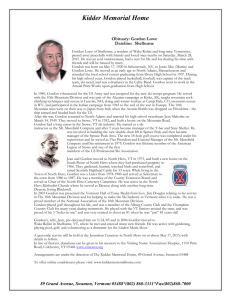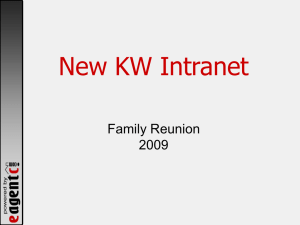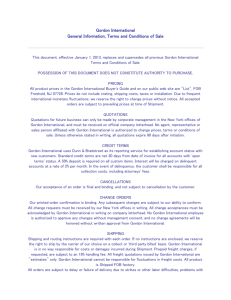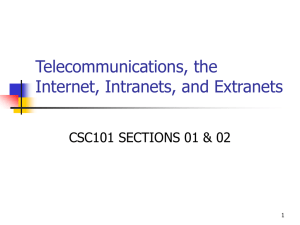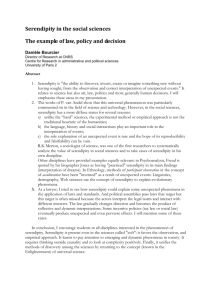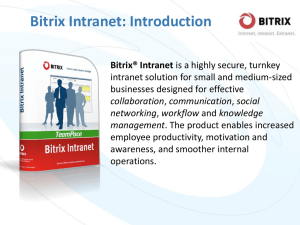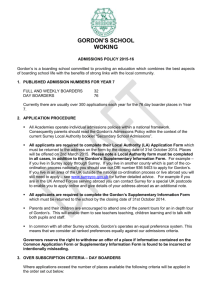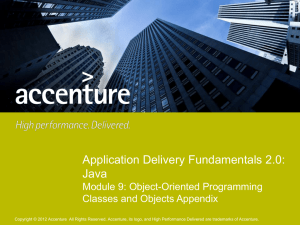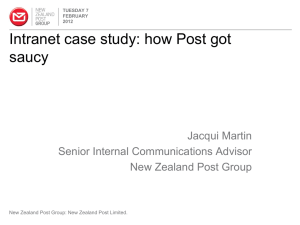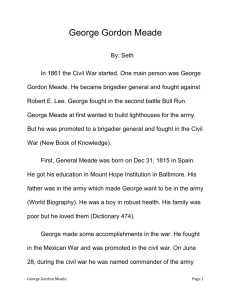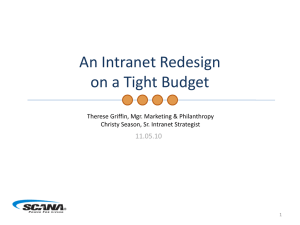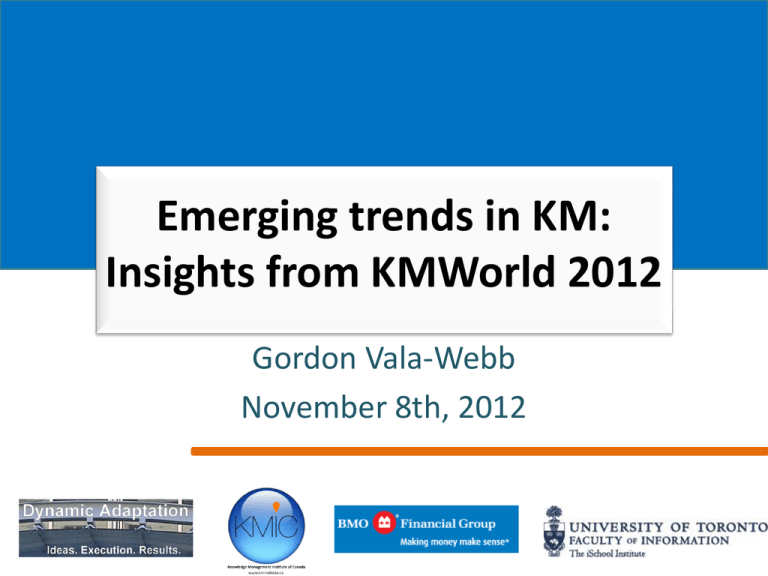
Emerging trends in KM:
Insights from KMWorld 2012
Gordon Vala-Webb
November 8th, 2012
Agenda
1. A short survey
2. Who are we?
3. KMWorld 2012
4. Key Trend: From stocks to flows
5. Key trend: From inside to outside
6. Key tips and tricks
7. The ending
Survey Says …
• Attended KM
World?
• KM vs. other
• How long been
in KM?
The DIKW pyramid must die
1. Who are we?
Who are our sponsors – and thanks!
• Bank of Montreal
• University of Toronto iSchool
• The Knowledge Management Institute of
Canada
• Dynamic Adaptation
Who is Blake Melnick?
B.A, B.Ed., M.Ed., CKP, CKM
• CKO – Knowledge
Management Institute
of Canada
• Advisor – Faculty of
Management, Royal
Roads University
• Founding Team
Member – Institute for
Knowledge Innovation
and Technology
Who is Gordon Vala-Webb?
Dynamic Adaptation
• Business and practice
advice on KM and
social enterprise
KM Director:
• PwC Canada
• Gov’t agency
2. KM World
KMWorld 2012 #KMworld
Knowledge Sharing & Learning:
Communication
Collaboration
Innovation
Enterprise
Search
Summit
KM
World
Taxonomy
Boot Cam
Sharepoint
Symposium
erging
3. Key Trends: from stocks to flow
Stocks and Flows
John Seely Brown
Implications: We need a new model
1. Start from desired business results
2. Link the KM strategy to that result
3. Focus KM efforts / measure success
4. People at the centre as active doers
5. Context sensitive
Implications: Rethinking Knowledge Work
(Davenport)
Group
Coordination
Network
Networking
Expertise
location
Routine
Interpretation /
Work
Judgement
Content
mgmt and
information
presentation
Transaction
The DIKW pyramid must die
Individual
Expert
Adapted from
“Rethinking knowledge work”
by Thomas Davenport, Feb 2011
The Construcal Law: Bejan & Zane
“. . . all of nature is composed of flow systems
that change and evolve their configurations
over time so that they flow more easily, to create
greater access to the currents they move”
Implication: Design
1. Define Your System
2. Identify the Flows
3. Start Simple: Allow only one feature of your
system to change at first
4. Add a Degree of Freedom: Allow a second
feature to change freely. As you investigate
find another best feature, and adopt it
5. And Another…
6. And so on
KM World Presentations
• John Seely Brown
Entrepreneurial Learner (key note)
• Jeremey Bentley
Content Intelligence for Big Data
• Gordon Vala-Webb
Flow systems and KM
The DIKW pyramid must die
4. Key Trends: from inside to outside
Questions?
Source: Forest and Stewart “KM for customers”
Implication: Thinking Big (social)
What our people
know
Our Clients
Issues
Professional
Knowledge
Ian Coyne, “Finding answers through crowd sourcing”
Implication: Think Mobile
• Judge Group has delivered a mobile version of their
intranet called mLink. Powered by HTML5, mLink can
be viewed on tablets and smartphones.
• The project has been delivered with very little
budget, but has remained focused on user need. It
includes access to core intranet content such as news
and HR data, as well as to EDGE, the firm’s
customised applicant tracking system
Strategy for knowledge managers
KM World Presentations
• Ian Coyne
Finding Answers through Crowdsourcing
• Ian Forrest, Thomas A. Stewart
KM for customers: The Next Frontier
• James Robertson
B102: Delivering enterprise mobility
B106: Intranet showcase
http://www.steptwo.com.au/papers/kmc_iia2012/index.html
http://www.steptwo.com.au/products/iia-report/winners-iia
Emerging Trends in KM
5. Tips & Tricks
Positioning Social Networking and
Knowledge Management Systems
Use social networking to
quickly connect and interact
with global colleagues:
Use Knowledge Management systems to access
knowledge assets and expertise to sell work and
deliver value
Share a link
•
Finding and reusing knowledge assets to deliver
value to clients throughout the project life cycle
Find a resource
•
Answer a post
Accessing our collective experience through
documents and quals
•
Showcasing expertise and finding experts via profiles
(which include social networking feeds)
•
Connecting and collaborating with communities
•
Contributing knowledge assets
Ask a question
Recognize a colleague
Inform about your activities
Suggest an idea
“Deloitte’s social media story”
Copyright 2012 Accenture. All rights reserved
Proven practices for microblogging
Use daily themes
Tag success stories
•
Use #wins to tag threads as success stories
•
#advanced an opportunity
•
#connected in person or expanded a social
network
•
#delivered work
•
#found a needed resource
•
#improved upon an existing solution or
invented a new one
•
#learned or developed personally
•
#profits or revenue realized
•
#reused a solution to save effort or expense
•
#solved or avoided a problem
•
#won new business
“Copyright
Deloitte
’s social media story”
2012 Accenture. All rights reserved
•
#MM Meeting Monday - Inform about an
upcoming meeting, event, call, or location
where you will be or in which you will
participate in the coming week
•
#TT Tuesday Tip - Share a tip, trick,
technique, link, or proven practice
•
#WW Wednesday Wish - Suggest an idea,
request an enhancement, or let others know
what you are wishing for
•
#ThTh Thankful Thursday - Recognize a
colleague, show appreciation for an
accomplishment, or let others know what
you are thankful for
•
#FF Follow Friday - Recommend topics,
groups, or people to follow
Ten Social Media Tips for Leveraging the
Serendipity Economy
1. Go big or go home
2. Integrate Social Profiles with Performance
3. Make the System Accessible
4. Give people permission to collaborate
5. Track results
6. Learn from Failure
7. Look beyond productivity and efficiency
8. Executives: lead by doing not by saying
9. Celebrate value
10. Be patient
"Serendipity Economy"
“From Vision to Reality”
The Twelve Secrets
1. Adoption is not the end
game
2. Adoptable solutions
solve real problems
3. It’s personal
4. You can prepare
5. It’s about change
6. It’s about comfort
7. It’s about
communications
8. It’s about support
9. It’s about fun!
10. It’s about listening
11. You’re never done
12. It’s about sharing
25
“Building Online Community”
www.Dynamic Adaptation.com
26
“Gamifying
Knowledge
Management”
Networker
Chatterbox
1.
2.
3.
4.
5.
6.
7.
Don’t lose sight of your objectives
Focus on behaviors not activities
Data is king
Spread the recognition
People will game the system
Start small, evolve
Not a silver bullet
Copyright © 2012 Accenture All rights reserved.
Blogger
Knowledge Builder
Curator/Cultivator
27
Making Your Organization Smarter
Five big data habits of highly effective
organizations:
1. Federate instead of consolidate
2. Think organizationally, act individually
3. Leave no document unturned
4. Drive value from data
5. Demand simplicity and usability
© 2012 Perceptive
The Eureka! Triangle (is this your reality?)
1.
2.
3.
4.
Think ‘information’ not just ‘intranet’ or ‘content’
Recognise the need to provide users with search, browse and alert options
Be alert to developments in search technology
Consider how search could enable the intranet to be an open door to
enterprise information and data
Search
Browse
Eureka!
Alerts
“Information architecture and search “
www.intranetfocus.com
KM World Presentations
Garfield et al
Deloitte’s social media story
Daniel W. Rasmus
Serendipity Economy
Susan Hanley
From Vision to Reality
Catherine Shinners
Building online community from strategy
Hsu & Kaukonen
Gamifying knowledge management
Charles Kaplan
Making organizations smarter
Martin White
Information architecture and search
6. The Ending
To do …
• 1) We appreciate your feedback – please complete the
feedback form.
• 2) To read the KM World 2012 presentations:
http://www.kmworld.com/Conference/2012/presentations.aspx
• 3) To learn more about . . .
• KMIC CKM program: http://www.kminstitute.com/ckm
• KM Masterclass:
http://www.dynamicadaptation.com/?page_id=29
Thank You
• Blake Melnick – The Knowledge Management Institute of
Canada – www.kminstitute.ca
• Gordon (at) DynamicAdaptation.com
www.DynamicAdaptation.com
Twitter: @dynamicadaptatn
This publication has been prepared for general guidance on matters of interest only, and does not
constitute professional advice. You should not act upon the information contained in this publication
without obtining specific professional advice. No representation or warranty (express or implied) is
given as to the accuracy or completeness of the information contained in this publication, and, to the
extent permitted by law, Gordon Vala-Webb and Dynamic Adaptation does not accept or assume any
liability, responsibility or duty of care for any consequences of you or anyone else acting, or refraining to
act, in reliance on the information contained in this publication or for any decision based on it.
© 2012 Gordon Vala-Webb. All rights reserved.


